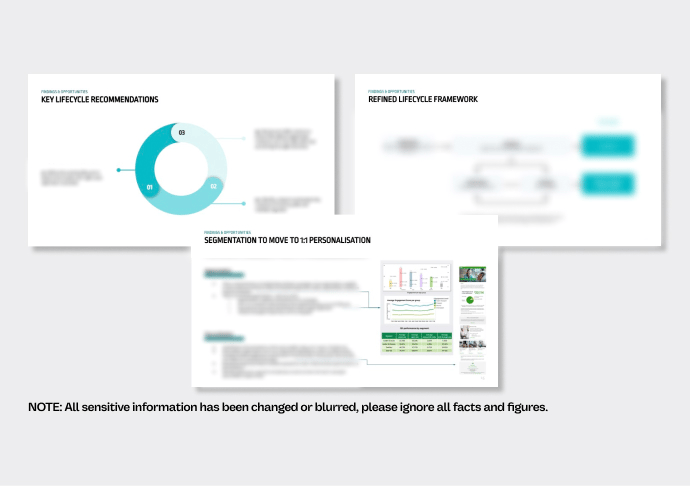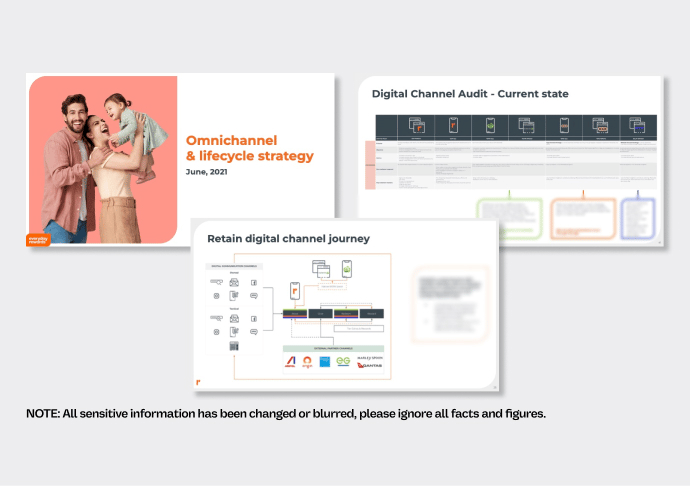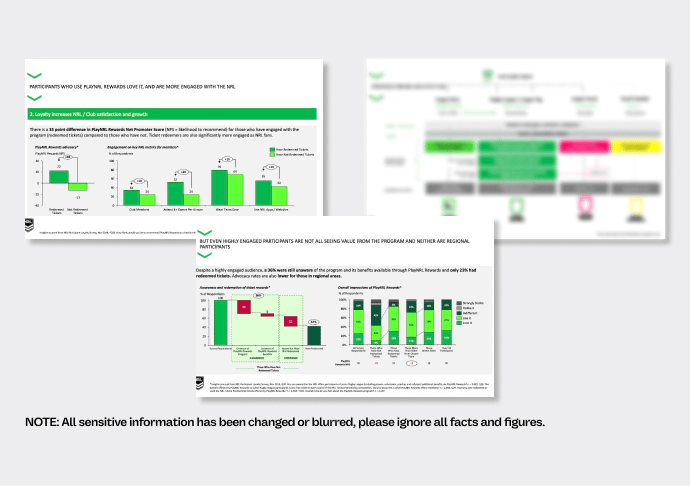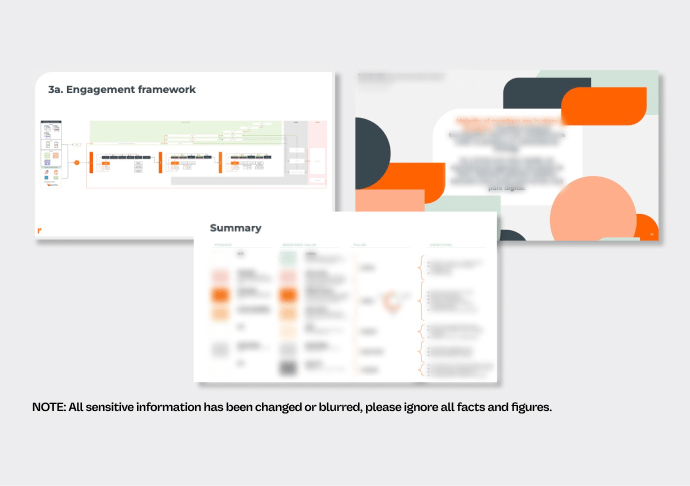Customer Experience Framework
T&H CX > CUSTOMER EXPERIENCE AGENCY > STRATEGY > Frameworks & Roadmaps > CUSTOMER experience FRAMEWORK
Building the model and guidelines for organisational customer-first thinking
The Tortoise & Hare approach to customer experience frameworks
Setting and customising a strategic customer experience framework is a colossal undertaking. Organisations need to understand their customers' needs, wants, behaviours, and preferences. They need to grasp organisational capabilities and activities, specific customer journeys, campaigns, automations, triggers, and customer service plans. And then, they need to be able to distil this down to a single source of truth, consumable across the organisation.
At Tortoise & Hare, we understand these difficulties and have worked with some of Australia's foremost customer-minded organisations to overcome them. Our customer-focused business-minded ethos, coupled with our pragmatism and collaborative approach uniquely positions us to develop customer experience frameworks.
Our work
Crafting seamless customer experiences
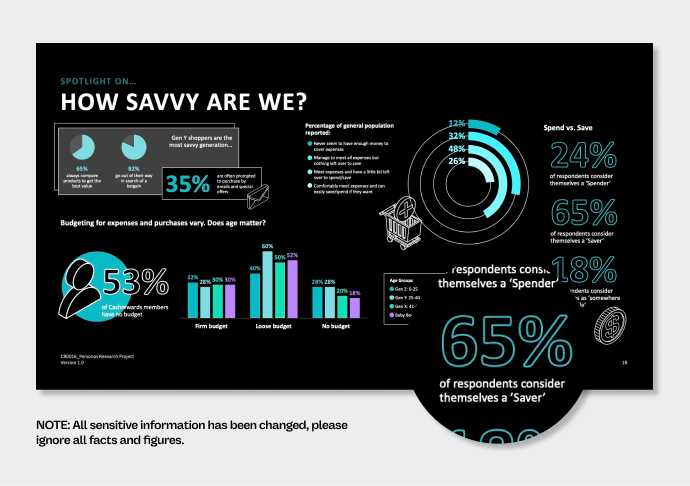
Cashrewards
Developing customer personas through qualitative and quantitative research
A trusted partner to Australia’s leading customer-obsessed brands
.jpg)
T&H Insights & Predictions
Unlocking customer value - part two
Do you know who your most valuable customers are?
.jpg)
T&H Insights & Predictions
Unlocking customer value - part one
Understanding what customers really want and how they perceive value.
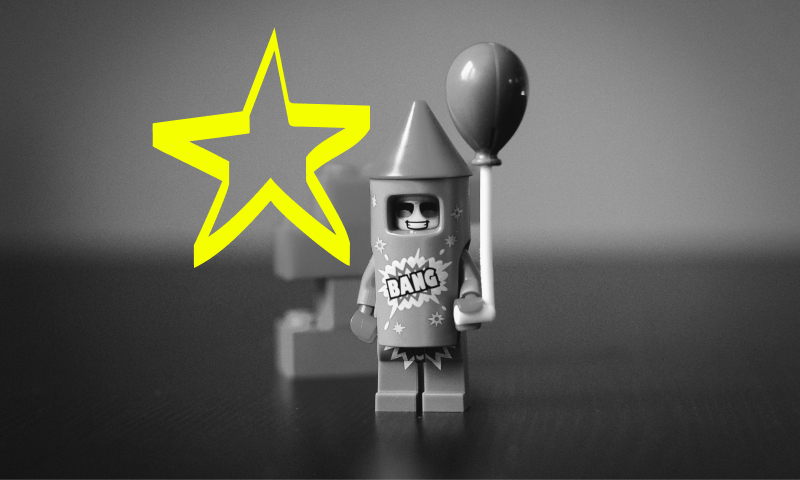
Analysis & Opinion
Making the most of customer moments that matter
Understanding the hundreds of moments where your brand interacts with your customers is key to developing an approach for a consistent customer experience.
Start creating lasting customer relationships today
FAQ’S
A customer experience framework is a high-level marketing strategy overlaying a traditional customer lifecycle. Off the back of a customer experience framework, the marketers within a business should be able to fully map out specific customer journeys, campaigns, automations, triggers, and customer service plans.
A customer experience framework maps out each critical point of the customer lifecycle across:
- Awareness,
- Consideration/evaluation,
- Purchase/subscribe,
- Engagement,
- Retention,
- Advocacy, and
- Re-engagement.
Typically, a customer experience framework will review and refine for each of these stages, the:
What
- Primary objective specific to this lifecycle stage,
- Focus areas of the business and its marketing relevant to this stage, and
- Key messaging and proof points for use across all marketing and communications pertinent to this stage.
How
- All of the experiences, touchpoints and interactions between a customer and the company,
- The channels (bought, owned & earned) of relevance to this lifecycle stage, and
- Company capabilities (platforms, systems, processes) utilised to deliver marketing and communications at this stage.
Execution
- Key initiatives to deliver against the marketing objectives for each stage,
- Horizon 1,2 & 3 roadmap to improve on the experiences, channels and capabilities of the company in being able to deliver marketing and communications in each stage, and
- KPI's to measure the success of marketing and communications efforts in each stage.
As companies and marketers increasingly move towards a customer view of their business and marketing activities, traditional strategic and planning views of marketing activities have lost relevance.
A traditional marketing strategy and plan looks at companies marketing efforts over a chronological timeline (usually 12 months) or throughout a specific campaign. But customers come and go every day, and what's relevant for a new customer may not be the same as an existing customer or a customer who's recently had a poor experience at the hands of the company.
A customer-focused marketing strategy and plan aims to have a one-to-one conversation with every customer, using the right message at the right time and through the right channel. Companies, brands and marketers need new and more appropriate tools to do this. A customer experience framework is just one example of this new range of tools.
The exact composition of a customer experience framework changes from business to business and varies depending on the intended purpose.
You can use a customer experience framework to capture the findings of a CX audit (see audit & research for more information). However, there are better ways to present this information.
In this instance, the customer experience framework acts as a single source of truth on all things customer. Without it, it becomes impossible for individual marketers and teams to understand the opportunities, implications and hurdles that might be associated with a marketing or communications activity.
Generally though, by virtue of its strategic nature, a customer experience framework is more interested in setting the groundwork for the future state.
